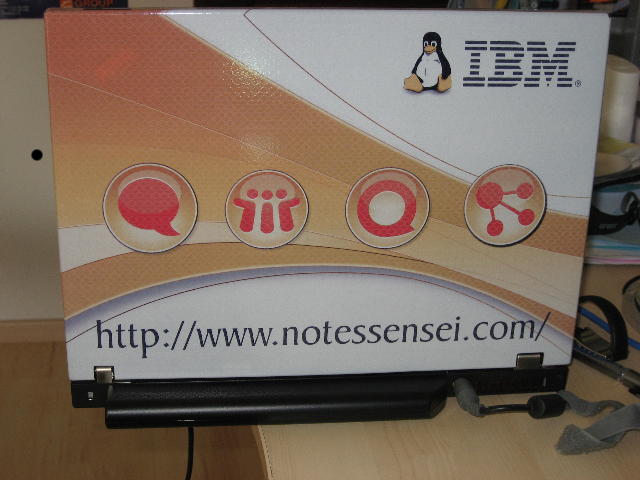Generate xPages from your views
A Domino view starts with
<view name=', while an xPage starts with <xp:viewPanel. Different names but similar structure! A column in a Notes view is represented by <column itemname=, the column in the xPage with <xp:viewColumn columnName=. Again just different names. To get from all your views to xPages follow the following steps:
- Create one xPage that looks the way your stuff should look like
- Switch to the source view, cut and paste it into your favorite XSLT editor
- Replace the variable parts (the columns) with XSLT template logic. Save the file into [NotesData]/xsl
- Use the DXLTools - Transformer to apply that one by one to your views (you could script that)
- Switch to the Java perspective and import the resulting files back in your NSF
Read more
Posted by Stephan H Wissel on 31 August 2008 | Comments (0) | categories: Show-N-Tell Thursday

